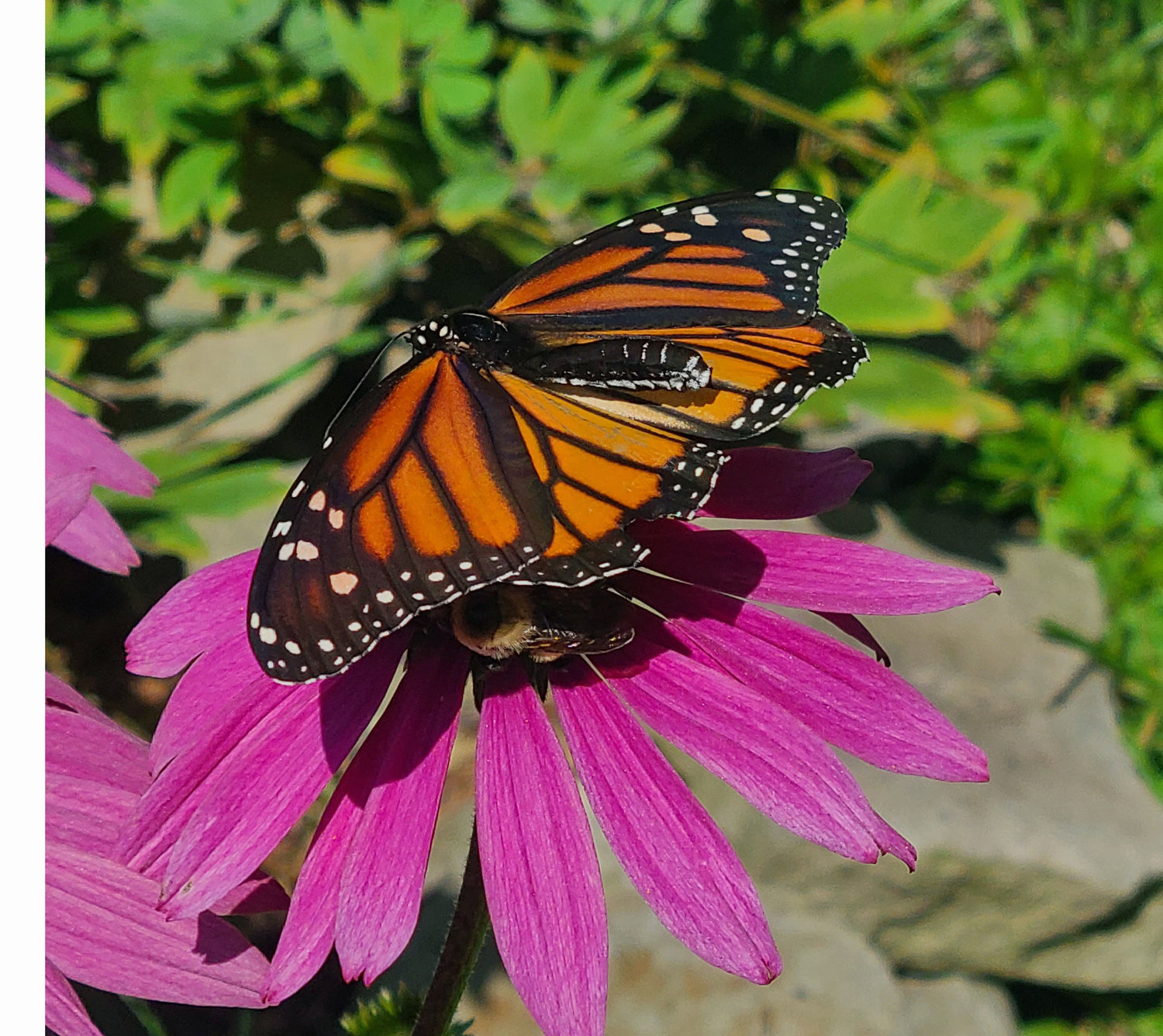, 0°
Wind: mph
This summer, there have been some monarch butterflies, but not as many as in years past. Often, they can be spotted on various flowers, feeding on nectar. Gardens with brightly colored flowers draw …
Stay informed about your community and support local independent journalism.
Subscribe to The River Reporter today. click here
This item is available in full to subscribers.
Please log in to continue |

This summer, there have been some monarch butterflies, but not as many as in years past. Often, they can be spotted on various flowers, feeding on nectar. Gardens with brightly colored flowers draw them in, along with other species of butterflies, hummingbirds, bees, and other insects. You do not need huge butterfly bushes to attract monarchs, however; wild plant species, such as goldenrod, do an excellent job of attracting hungry monarchs.
Milkweed, the plant tied to the monarch’s survival, also produces flowers that the monarchs visit. However, by this time in August, the flowers are gone and the milkweed plants are producing seed pods. When I see a monarch butterfly on a milkweed plant during this time, I watch to see if the butterfly is flying to the underside of the milkweed leaves. I’ll watch and take note of which leaves the monarch lights on, and when it has left the area, I carefully lift the milkweed leaf by the very tip in order to see the underside. On the underside of the leaf may be a tiny white dot, smaller than an aphid. This is a monarch egg, deposited on the only plant that the monarch larva can eat.
Our region sees multiple generations of monarchs per summer. The last generation of the summer has the arduous job of migrating to Mexico, overwintering there, and then returning to our region in late spring to lay eggs on milkweed plants to start the cycle anew. This generation lives the longest, 8 months or so, compared to a couple of months or so for the summer generations. When this generation reaches Mexico at the end of the fall migration, there is another critical problem. Habitat loss due to illegal logging and other factors have reduced the monarch’s wintering habitat down to a few acres; scientists believe that an unusual event such as a cold snap, for instance, with such a small wintering area, could cause an extinction event.
This month is the start of the southward migration of monarchs; they usually get started in this area around mid-August and carry on through September. Conservationists are working down in the southern wintering ground to ensure the remaining habitat is preserved. You may notice a few monarchs higher up in the sky as well as in your flower garden. To check on the migration progress, check this URL from Journey North, and check out the real time map often as the migration progresses. https://journeynorth.org/monarchs
Comments
No comments on this item Please log in to comment by clicking here